Nestled amidst the stunning landscapes of Gujarat, India, the Girnar Jain Temples stand as a testament to the rich cultural and religious tapestry of the region. Perched atop the Girnar mountain range, these temples have endured centuries, witnessing the ebb and flow of time while remaining steadfast in their spiritual significance. In this exploration, we embark on a virtual journey to unravel the history, architecture, and spiritual essence of the Girnar Jain Temples.
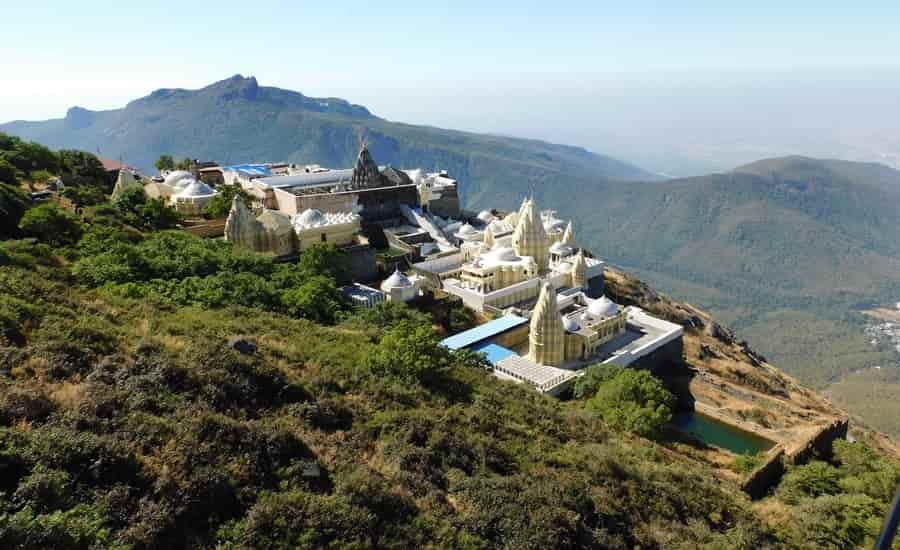
Historical Significance
The roots of the Girnar Jain Temples date back to ancient times, making them an integral part of India’s religious heritage. Legend has it that Lord Neminath, the 22nd Tirthankara in Jainism, attained enlightenment on the Girnar Mountain. This sacred connection elevates the temples to a revered status among the Jain community.
The historical timeline of the temples is intricate, with construction and renovations spanning various dynasties, including the Mauryas, Guptas, and Solankis. Each ruler left a distinctive imprint on the temples, shaping them into a harmonious blend of architectural styles and spiritual symbolism.
Architectural Marvels
The Girnar Jain Temples boast an architectural grandeur that reflects the artistic brilliance of the craftsmen of yore. The temples are a complex of several shrines, each dedicated to different Tirthankaras, embodying a unique architectural style.
Neminath Temple
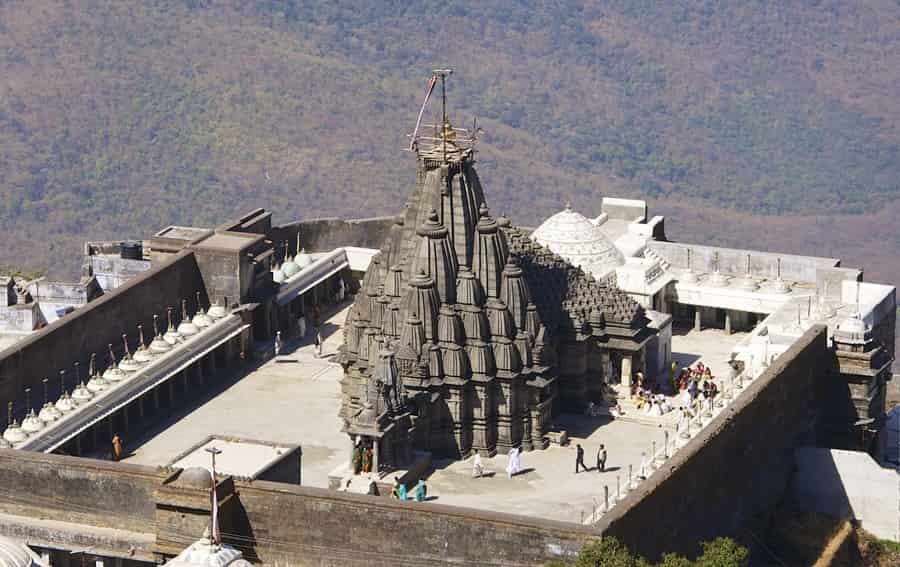
The Neminath Temple, dedicated to the 22nd Tirthankara, Lord Neminath, is one of the oldest and most revered temples on Mount Girnar. Believed to have been built in the 12th century, the temple boasts intricate carvings and a sanctum that houses the idol of Lord Neminath. Pilgrims climb the 3,666 steps to seek blessings at this sacred site, making it a testament to their devotion.
Mallinath Temple
Dating back to the 12th century, the Mallinath Temple is dedicated to the 19th Tirthankara, Mallinath. The temple is a masterpiece of architecture, featuring exquisite carvings that depict scenes from Jain mythology. The detailed craftsmanship and the spiritual ambiance make this temple a focal point for Jain devotees during their pilgrimage to Girnar.
Parshwanath Temple
Dedicated to the 23rd Tirthankara, Lord Parshwanath, this temple is renowned for its architectural grandeur. The complex comprises smaller shrines adorned with sculptures narrating the life of Lord Parshwanath. The temple provides a serene atmosphere for meditation and reflection, attracting both pilgrims and tourists interested in Jain art and philosophy.
Amba Mata Temple

The Amba Mata Temple, while primarily dedicated to the goddess Amba, houses a shrine for Lord Neminath. The temple’s unique blend of Jain and Hindu elements reflects the cultural diversity of the region. Devotees throng to seek the blessings of Amba Mata and Lord Neminath, fostering a sense of unity among followers of different faiths.
Gorakhnath Temple
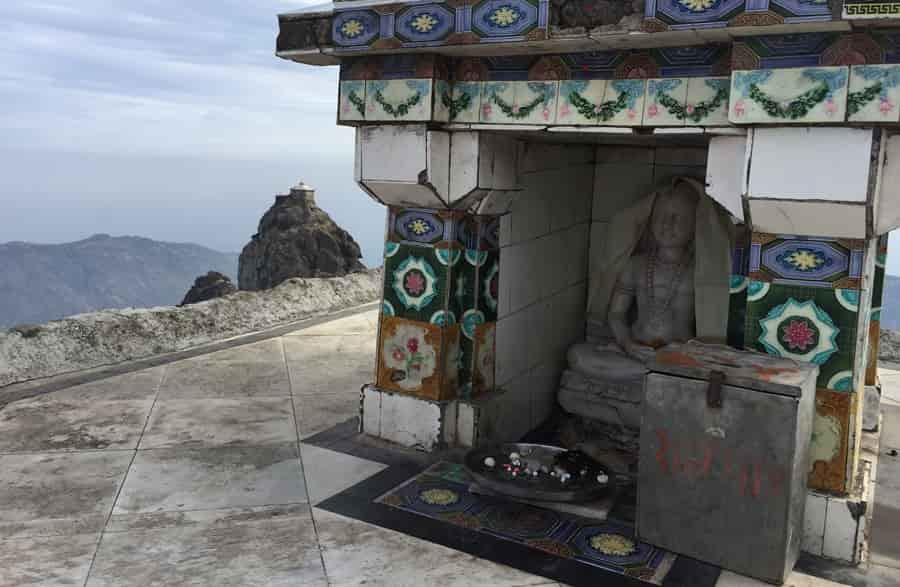
The Gorakhnath Temple is a symbol of religious harmony, attracting both Jain and Hindu devotees. Dedicated to Lord Gorakhnath, a revered figure in both traditions, the temple exemplifies the coexistence of diverse religious beliefs on Mount Girnar. Pilgrims often participate in joint religious ceremonies, fostering a spirit of mutual respect.
Dattatreya Paduka
The Dattatreya Paduka is a unique pilgrimage spot believed to house the footprints of Lord Dattatreya. Devotees consider it an auspicious site and offer prayers, believing that the Paduka (footprints) hold divine energy. The simplicity of this sacred spot contrasts with the grandeur of the temples, providing a serene retreat for introspection.
Gaumukh Ganga

The sacred water tank of Gaumukh Ganga is a significant pilgrimage site on Mount Girnar. Pilgrims believe that the tank is filled by the Ganges through a cow’s mouth-shaped outlet (Gaumukh). The holy waters are considered purifying, and devotees often take a ceremonial dip as part of their spiritual journey.
Bhavnath Mahadev Temple
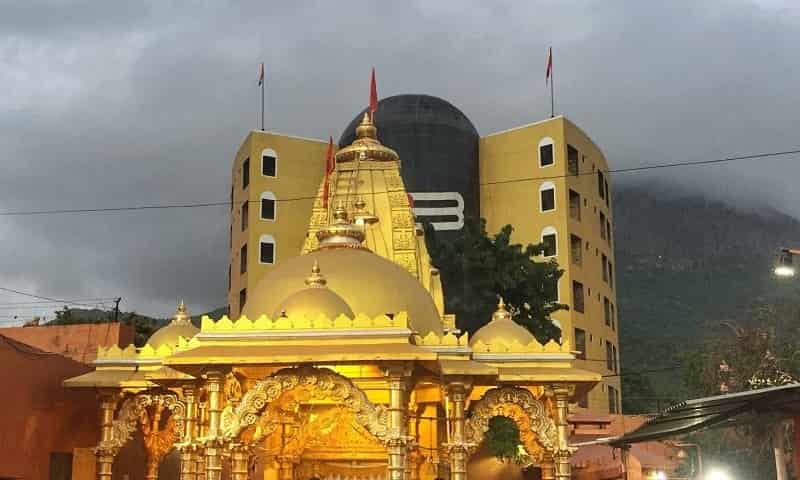
Though primarily dedicated to Lord Shiva, the Bhavnath Mahadev Temple plays a vital role in the Girnar pilgrimage. During the Maha Shivaratri festival, the temple becomes a focal point of religious fervor, drawing pilgrims from far and wide to participate in the grand celebrations.
Samavasaran Temple
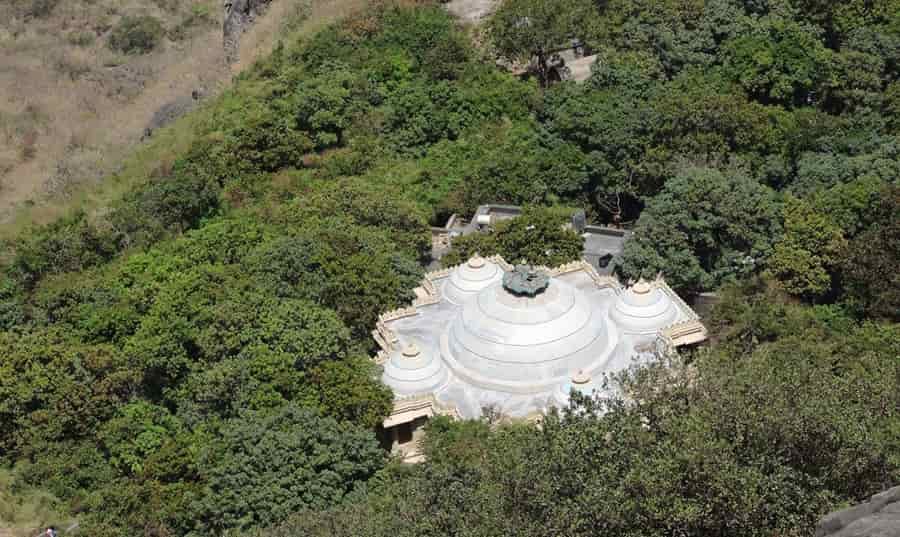
The Samavasaran Temple is dedicated to Lord Mahavira, the 24th Tirthankara, and is believed to be the spot where he delivered his last sermon before attaining Nirvana. The temple holds immense significance for Jain followers, who visit to pay homage to Lord Mahavira and seek spiritual enlightenment.
Pilgrimage and Spiritual Significance
The pilgrimage to the Girnar Jain temples is a transformative experience, both physically and spiritually. Pilgrims ascend the daunting 10,000 steps to seek solace and enlightenment. The journey is not just a physical feat but a metaphorical exploration of self-discovery and devotion, with various shrines and Dharamshalas contributing to the holistic spiritual experience.
Cultural and Artistic Heritage
The Girnar Jain temples are a repository of cultural and artistic treasures. The sculptures, frescoes, and carvings narrate Jain mythology, immortalizing the teachings in stone. The syncretic architectural styles reflect the cultural confluence that has defined India for centuries, showcasing a harmonious blend of diverse influences.
Preservation Efforts
Efforts to preserve the Girnar Jain temples encompass various facets:
Conservation of Architecture
- Restoration projects focus on maintaining architectural integrity, including repairing
- structures and preserving original design elements.
Documentation and Research
- Extensive research documents the history, architecture, and cultural significance, contributing to conservation strategies and academic knowledge.
Community Involvement
- Local communities are crucial in preservation, with awareness campaigns fostering a sense of responsibility among residents.
Tourism Management
- Sustainable tourism practices are implemented to balance visitor access with conservation, mitigating the environmental impact.
Challenges and Future Prospects
Ongoing challenges include
Urbanization and Infrastructure
- Striking a balance between development and preservation to prevent the impact of urbanization on the ecological balance.
Environmental Conservation
- Expanding conservation efforts beyond the temples to safeguard the entire mountain ecosystem.
Tourism Management
- Effective management to prevent overcrowding and environmental degradation while promoting responsible tourism.
Technological Integration
- Utilizing modern technology for documentation, research, and virtual access to minimize physical impact on the site.
Conclusion
The Girnar Jain temples stand as not just architectural wonders but living monuments to the spiritual, cultural, and artistic legacy of India. As custodians, our responsibility is to ensure their preservation, fostering an appreciation for the diversity and wisdom they encapsulate. In navigating the challenges, the Girnar Jain temples beckon as beacons of continuity, inviting us to partake in their timeless journey.
